Excavators fall under the range of different types of equipment that are used in construction projects and are chosen based on the requirements of that project. These excavators offer to perform multiple processes like digging, trenching, loading, and material handling when you tend to build or repair. It is an all-in-one machine that can conduct different work on a job site.
However, when it comes to these excavators, there are varied types from which you can choose. Each type of excavator is suitable for different purposes and jobs. This guide below captures detailed information on the seven different types of excavators. It also discusses how you can select the right excavator for your project and what safety considerations and maintenance tips you must follow.
So, if you are starting a new project that requires using an excavator, you can go through this guide below. It will help you in various ways, so let’s read.
Overview of Excavators
Definition of an Excavator
An excavator is a heavy-duty and virtual machine that has a cab that rotates and also comprises an arm, a bucket, and a boom. It is powered through a hydraulic system and can perform a wider angle of task with significant precision and power.
The boom of the excavator offers vertical reach, and the arm extends to greater heights with the bucket used for drilling, scooping, lifting, and digging, and the loader bucket is filled with debris. The operator’s cab is mounted on a platform that rotates and improves efficiency on the job site. Excavators cater to many construction projects and are even used for repairs and replacements in many industries.
General Uses
Excavators, also called diggers, are featured in many applications related to construction; the main function of these is to dig foundations, trenches, and holes. However, they are even used for moving and lifting heavy materials like gravel, soil, and debris. These machines are even used for the demolition of infrastructure projects and can be chosen for the landscaping task. They are highly versatile and, due to this, can be used for residential and large-scale infrastructure development.

Seven Types of Excavators
There are many types of excavators, and the ones that are commonly opted for are the seven discussed below.
Crawler Excavators
Crawler excavators have a tracked undercarriage with chains that offers traction and stability when working in rough terrains. These tracks help distribute the machine’s weight evenly and reduce ground pressure. The crawler excavators are suitable to work on muddy surfaces with efficiency.
They have high durability and strength and, hence, are suitable for heavy lifting and digging processes. They are even suitable to perform well in large scale projects in challenging conditions. These excavators offer high power and can also handle a heavy load. These excavators are also equipped with many attachments, which enhance their operational efficiency. Such equipment comprises hammers and other tools that help to achieve different purposes on the job site.
Wheeled Excavators
The wheel excavators have wheels instead of tracks and can offer mobility on surfaces that are either hard or paved. They are very fast and can be transported very easily when they are selected for urban environments. These excavators are used in utility work, construction, and various other urban projects. They offer speed and maneuverability, and due to their wheels, the surface damage is also very negligible.
Mini Excavators
Mini excavators can easily navigate in areas that have limited space. These excavators are common for small-scale projects like residential construction, landscaping, and demolition on a small scale. These excavators also have very little weight, which makes them capable of reaching confined spaces.
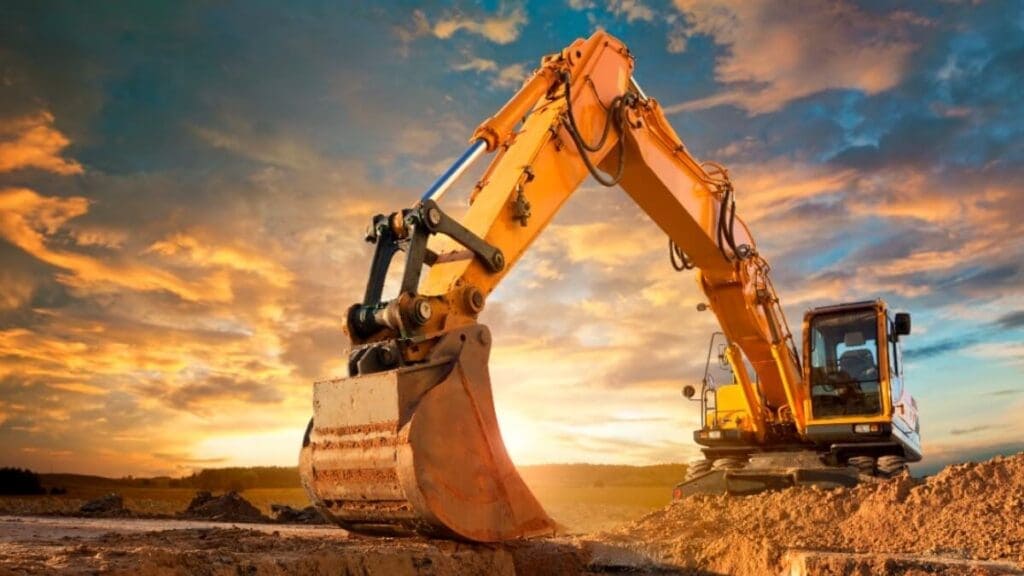
Backhoe Loaders
Backhoe loaders comprise the functionality of two machines. They have an excavator arm at the back and a loader bucket at the front. This type of excavator offers versatility on job sites.
The backhoe loaders are mostly suitable for projects that are either small or medium-sized and conduct processes like digging, trenching, and loading. They are commonly adopted in agricultural projects, residential construction, and utility work.
Long Reach Excavators
Long-reach excavators have an extended boom and arm that offers a greater reach for all such projects that are to be conducted in difficult-to-access areas. This design of long reach excavators offers precision when operating on long range. These excavators can be useful in demolition, digging, and deep excavation and are ideal for working in areas near waterways. They can also work at extended distances.
Hydraulic Excavators
Hydraulic excavators are used for projects undertaken on a large-scale. These excavators comprise advanced technology and, therefore, are chosen for such projects that require more precision and power. They play a vital role in construction projects when it comes to mining and material handling.
Suction Excavators
Suction excavators use high powered vacuum technology that helps in removing debris and soil by making minimal disturbance. They have a suction pipe that excavates the entire material. These machines are suitable for excavation around the gas lines and electrical lines so that no damage takes place. The precision of these machines makes them suitable for sensitive spaces that need specialized excavation.
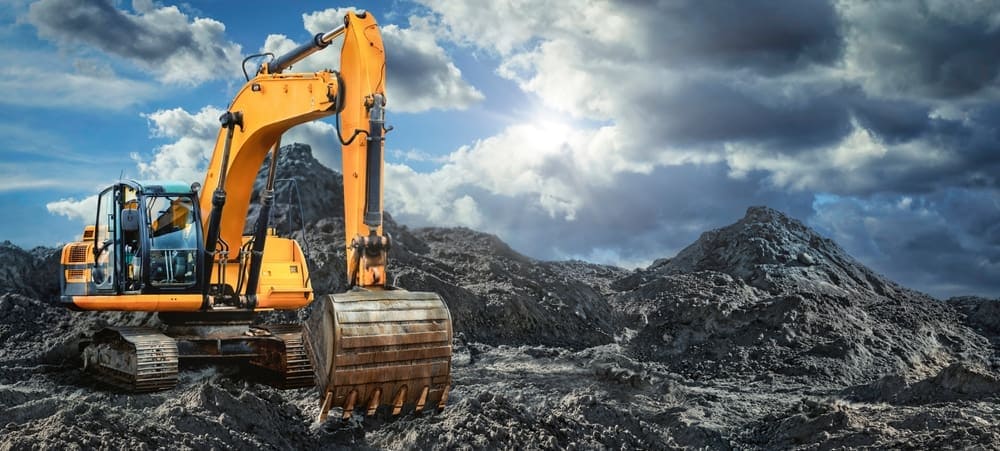
Choosing the Right Excavator for Your Project
There are different factors that demand attention so that you can make the right selection of excavators for your project, and some of these factors are discussed below.
Assessment of Project Requirements
The selection of an excavator is dependent on understanding the specific requirements of the project. You need to evaluate the scope and size of the project so that you can assess what type of excavator you need. When a large-scale project is undertaken for operations like mining or major construction, the crawler excavators can be chosen. Similarly, residential landscapes or small-scale utility repairs may find mini excavators to be suitable.
Apart from this, the nature of the ground is also assessed. The ground that is uneven may need tracked excavators, whereas stable and paved surfaces may find wheeled excavators to be suitable. If you require digging in depth or demolishing sites, opting for long-reach excavators is a better choice, whereas the precise processes can be conducted by suction excavators. It is important to analyze all of these factors before choosing the excavators; it helps reduce the cost and minimizes the downtime.
Compatibility with Other Tools and Equipment
It is important to match the capability and attachments for the project with the excavator so that an optimized performance is achieved. Every type of excavator has a specific strength, and choosing the most suitable option is crucial. Hydraulic excavators are versatile and have a variety of attachments like grapples, hammers, and much more, so where these attachments are needed, you can choose hydraulic excavators.
Similar to this, the backhoe loaders can help with excavation and loading as they have a bucket for loading material and a digger; for specialized projects, you can make the most of these excavators.
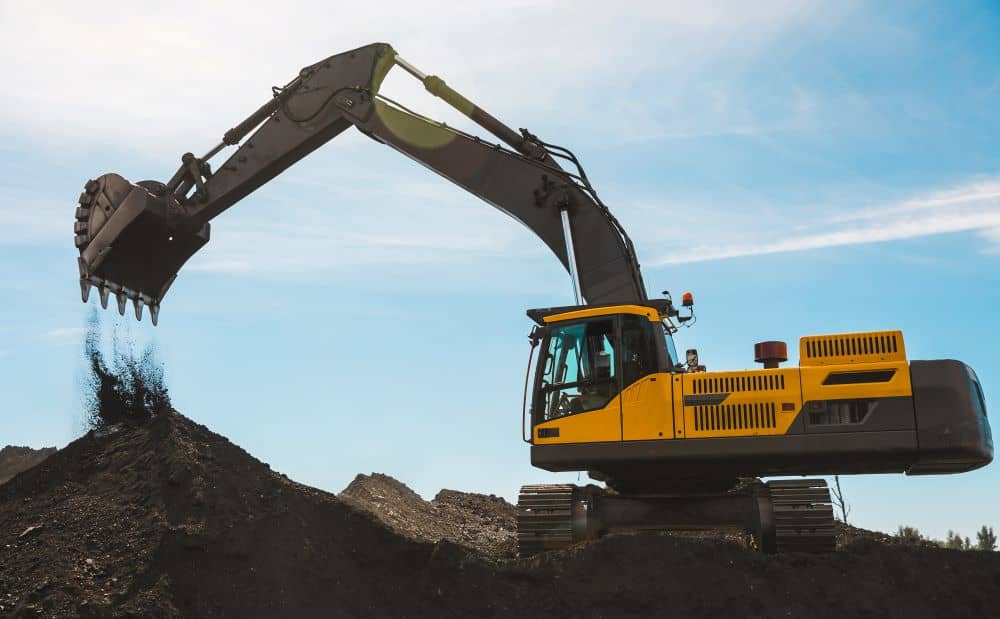
Maintenance Tips for Excavators and Common Wear and Tear Issues
Some of the tips that you can consider to ensure maintenance of the excavators are as follows:
Regular Inspection
Make sure to conduct regular ispection on the excavators before and after operating them so that you can identify the issues in a timely manner. Check for loose bolts and any sort of cracks, damaged components, or fluid leaks. Assess the wheels and track system for damage and alignment so that there is no impact on the stability and mobility of these excavators.
Hydraulic System Service
The fluid levels of the hydraulic systems need a check, and if there is any issue they must be immediately replaced. The hydraulic filters should be replaced and cleaned timely, and the connections must be inspected for blockages, leaks, and wear.
Cleaning of Undercarriage
The process of cleaning the undercarriage is very important. Make sure to remove the dust and dirt after using it every time, adjust the track tension, and even apply lubrication to the moving parts. It helps in reducing friction and also enhances the lifespan of the components.
The common wear and tear issues to look into when it comes to excavators are as follows:
- As time passes, the bucket teeth become damaged and dull as they frequently dig and come in contact with abrasive materials. Hence, the worn out teeth must be replaced timely.
- Keep the hydraulic fluid tank sealed so that it doesn’t get contaminated. Due to contamination, the pump and valves of the excavators may get damaged.
- Due to uneven surfaces and the presence of gravel and sand, the wheels or tracks of the excavators get damaged. Timely replacements are important to mitigate performance issues.
- The excavators, when used for a longer span, overheat, and the role of coolant is crucial here. Keep a check on them so that it functions properly.
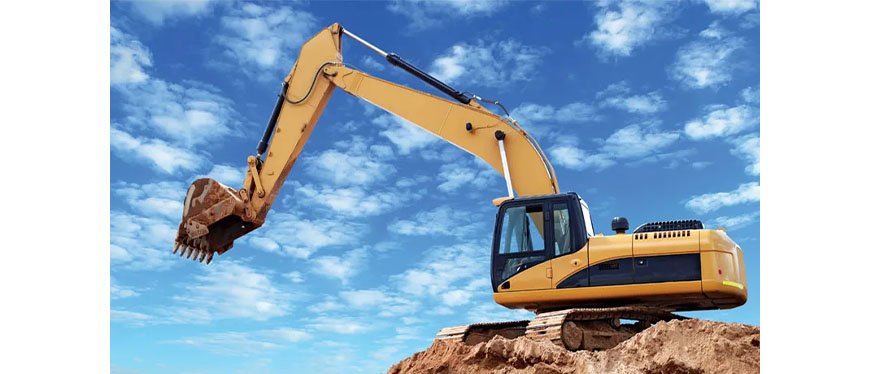
Safety Consideration When Using Excavators
When it comes to using machines like excavators, it is important to ensure safety considerations, some of which are discussed below:
- The operator of the excavator must be trained enough to use it; by having relevant training, efficient control over the machine is achieved.
- Operators should also learn everything about the machine, like the attachment capabilities, weight limits, and safety protocols.
- When working on slopes, make sure that the slope maintains a perpendicular position so that the risk of tipping is mitigated.
- When the excavator is not in use, make sure to park it and engage the parking brake so that it can be stable.
- Make sure to conduct a survey of the area you are working on, especially when working near electric and gas lines, so that their positions can be marked precisely.
- Do not overload the excavator; too much of the weight may impact its efficiency.
- While conducting operations, it is important to wear protective gear for the safety of the operator and other ground staff.
- Do not keep unnecessary stuff around the excavation site that may cause an obstacle during the operation.
- Keep checking the equipment regularly for any type of loose bolts, cracked components, or other wear and tear so that it can be addressed timely.
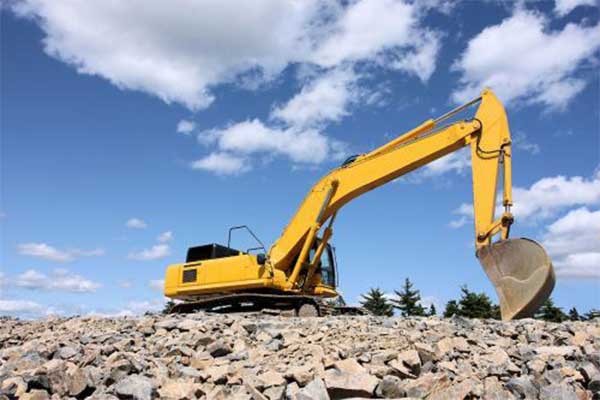
Conclusion
The different types of excavators are developed to have different uses and suitability for varied applications. When it comes to opting for different projects, it is important to assess each type and select it based on the project requirements. The guide above must have given you an insight into the different types of excavators to help you choose the right type based on your project.
Looking for the Right Excavator for Your Project? Everstar Machinery Has The Finest Options!
So, are you ready to find the right excavator for your commercial or residental construction site that results in ease of operation? What are you waiting for? Reach out to us at Everstar Machinery in order to have the right machine, and we will provide you with a wide range of backhoe loaders that are not only easy to drive but also are known for offering excellent project suitability.
FAQs
What is an excavator?
An excavator is a machine used for moving, lifting, and digging on construction sites. They have components like an arm, bucket, boom, and cab.
Are there different types of excavators?
Yes, some of the types of excavators are mini excavators, suction excavators, backhoe loaders, hydraulic excavators, crawler excavators, and many more.
What project finds using a backhoe loader a suitable choice?
The backhoe loader is suitable for small-sized projects that need loading as well as digging functions and that too for tight spaces.
What are the important considerations while choosing an excavator?
When choosing an excavator, the size of the project, the nature of the terrain, and the required capacity and reach are assessed.
Are mini excavators suitable for large projects?
Mini excavators are only suitable for small to medium sized projects, the heavy duty projects require large excavators that have high power and efficiency.